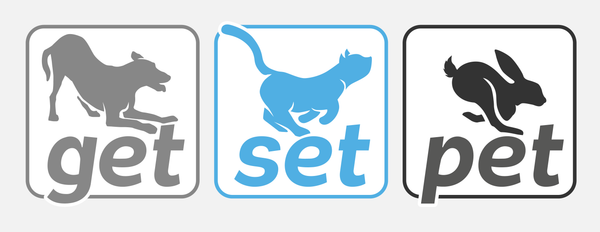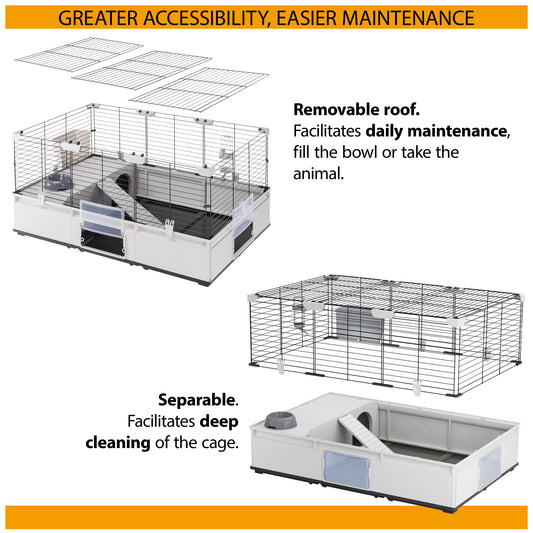Veterinary science is continually innovating and evolving. In the past there was little a vet could do for very sick or injured cats but now they have access to the same sophisticated diagnostic tools and cutting-edge treatments as human doctors. Medical advances can come with hefty price tags though, which is why getting your pet insured is key.
With so much choice available, selecting the right policy for your cat can be a daunting prospect. It’s important to get it right and to understand what you are paying for so that you don’t find yourself out of pocket. The most expensive policy might not necessarily be the best one for your cat, so don’t be guided by price alone.
Types of cover
There are different types of policy and it is crucial that you understand the differences between them before you sign up. You don’t want to think you are covered for a condition only to find out later that you are unable to claim. Here are the four main types of policy you will find:
- Lifetime cover – this is the most comprehensive cover available as it will pay out over the lifetime of your pet as long as you keep up payments on the policy. Every year, the financial limit resets so ongoing conditions can be covered for the life of your cat.
- Maximum benefit (or per condition) cover – for each separate condition diagnosed the insurer will provide cover up to a certain financial limit and will continue paying out until that limit is reached, even if that is for longer than 12 months. After the monetary limit for that condition is reached, it will no longer be covered on the policy. For chronic conditions such as asthma, allergies, diabetes or inflammatory bowel disease (IBD), which can require ongoing treatment for the rest of a cat’s life, you could find that the money for a specific condition soon runs out.
- Time limited – there is a time limit on claims (usually 12 months) in which a condition will be covered and after that it would be excluded from the policy. Again, this can prove to be expensive for a cat owner whose pet develops a chronic condition.
- Accident only – as the name suggests, an accident only policy will not cover any diagnostics or treatment required for any type of illness and will only pay out for treatment related to an accidental injury. As these policies are very limited, they are usually the cheapest.
What influences the price?
An insurer will base a premium on a number of factors that could indicate that your cat is more or less likely to result in a claim.
- Breed – if your cat is a pedigree breed, they could be more prone to certain genetic conditions.
- Age – an older cat is more likely to become ill while a younger cat may be more likely to suffer an injury. Some insurers won’t even offer policies to cats over a certain age due to the likelihood of them needing expensive treatment in later life.
- Location – vet fees tend to be higher in certain areas than others in line with the cost of living so where you live might have an impact on your insurance premium.
- Type of cover – not all pet policies cover the same things. Generally, the more comprehensive a policy, the higher the premium.
Choosing an insurer
Before taking out any insurance policy, try to get some recommendations from other cat owners, your vet or review websites. An insurer should be easy to contact and offer a good, customer-friendly service. Not all insurers pay out promptly, which can add additional stress to an already worrying time, so find out about other customers’ experiences of claiming.
Other things to consider
- Excess – this is the amount of money that a policy holder is required to pay towards each claim and will vary between policies. A high excess will mean that you are less likely to claim for smaller amounts and will be reflected in the price of your premium.
- Pre-existing conditions – Any illness or injury that your cat has had prior to you taking out an insurance policy will not be covered. Therefore, the younger and healthier your cat is when you first take out insurance, the better.
- Lost or stolen – some policies provide benefits such as rewards for finders, advertising costs or reimbursing the original purchase price should your cat become lost or is stolen.
- Breeding issues – most insurers will not cover issues that arise due to pregnancy or birth.
- Preventative treatments – flea and worming treatment, routine vaccinations and neutering are not typically covered by insurers.
- Dental care – many policies will not protect against dental disease if this is something that could have been prevented but some insurers will cover dental disease or injury.
Final note
Always read the small print of any policy you take out to ensure you understand what you are purchasing. Be careful to stick to any restrictions and stipulations so that any claim you make cannot be rejected by the insurer.
If you enjoyed this article, you may be interested in:









